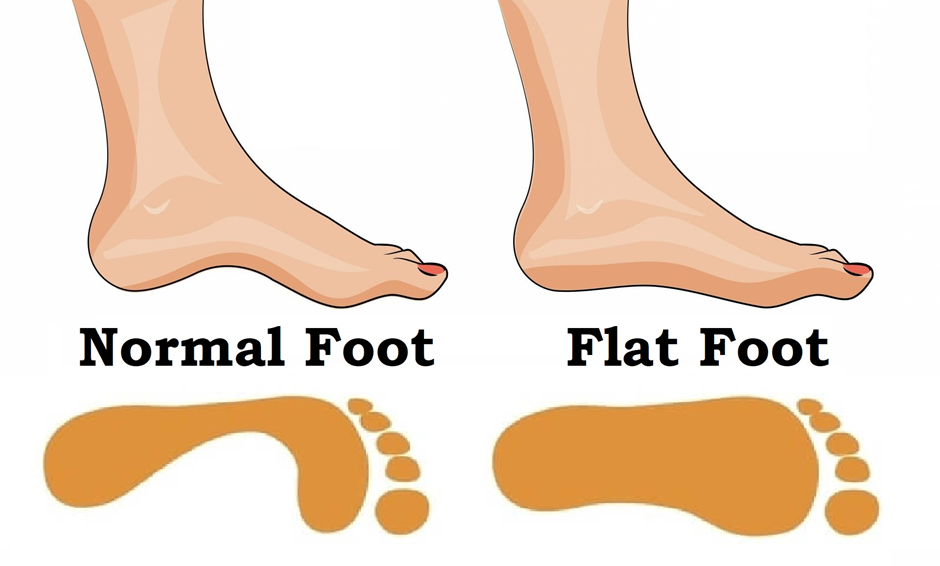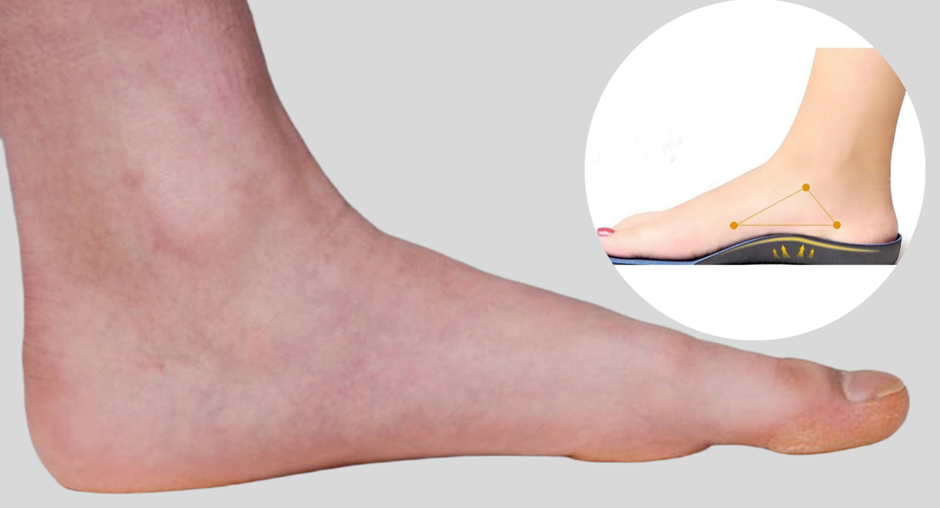Do It Yourself Orthotics
If you are suffering from foot pain or any other physical discomfort, you must be aware of the importance of the desired support. Custom orthotics can be out of the budget and take time to get right. That is where DIY orthotics come in! Making your insoles at home is a simple, budget-friendly way to create customized support for your feet, perfect for orthotics for flat feet or orthotics for plantar fasciitis.
Whether you are looking to relieve pressure, improve comfort, or just enhance the fit of your shoes, DIY orthotics can be made to pamper those foot soldiers. A bonus point is the satisfaction of taking control of your foot health. Let us explore how you can make your own orthotics and what to keep in mind for the best results.
What Are Orthotics?
Orthotics are inserts or medical insoles for your shoes that help support your feet, correct alignment, and ease pain. They make a huge difference when dealing with issues like sore arches, heel pain, knee or back discomfort. They are little customized cushions that do not leave your sole soar at the end of the day.
If you suffer from medical conditions such as Plantar Fasciitis, Charcot-Marie-Tooth disease, Flat Feet, Bunions, cerebral palsy, and Rheumatoid Arthritis, using orthotics in your shoes aids the musculoskeletal system by addressing structural or functional problems.
Benefits of Orthotics
Orthotics help you walk more naturally and with less effort. Check out the other benefits of using these shoe insertions:
-
Reduces Pain: If you are suffering from pain and discomfort in your legs or joints, orthotics provide the support you need to feel better.
-
Take Pressure Off Your Joints: They reduce the strain on your joints by controlling movement and carrying weight.
-
Slow the progression of existing deformities: Orthotics can prevent their development. In addition, they can help in correcting such deformities.
-
Facilitates Smooth Movement: It reduces shock, thereby reducing the energy required for walking.
-
Custom-Made for Your Needs: They are custom-made to fit your specific condition and ensure everything is aligned properly with your body.
Why Make Your Own Orthotics?
Creating your own insoles can be a practical and effective solution for improving foot comfort and support. DIY orthotics allow you to customize them to fit your shoe size or shape while tailoring the level of support to your specific needs. By crafting insoles at home, you relieve your foot pain and increase comfort, all while enjoying the flexibility of a personalized design.
-
Cost-effective Solution: Self-made orthotics provide a cost-effective alternative to store-bought orthotics and can be made using materials like memory foam, gel, or other readily available options.
-
Customization for Unique Needs: One of the best things about do-it-yourself orthotics is that they can be customized to fit your unique needs. Whether you have high arches, flat feet, or specific pressure points that cause inconvenience, orthotics can be personalized to give you the right support and comfort needed.
Materials Needed
Do you know how easy it is to make an orthotic? You just require a few common materials to have your customized insoles made up for your individual needs. Not only will this custom orthotic focus on your individual needs, but you also can choose the depth, material, and form. Here are some of the common materials you should have in your making of an orthotic:
-
The base material of orthotics is foam or gel, providing necessary cushioning and support. There are choices, such as EVA foam, memory foam, and polyurethane foam, according to specific needs. Silicone gel and TPU gel can also be used.
-
A ruler and tape measure will be required to measure your DIY orthotics so that it fits perfectly in your shoes. An old insole can also be used to trace the pattern.
-
Get scissors for cutting the material to fit your shoe, adhesive like glue or double-sided tape to keep layers in place, and fabric for a smooth and durable finish.
Guide to Making DIY Orthotics
Let's look at how one can create their own orthotics. Precision, accuracy, and correct methods will enable you to obtain perfectly customized orthotics:
-
Measuring one's foot and arch. This begins by tracing an existing insole from a shoe or the foot itself onto a piece of paper to achieve an accurate outline. Note those areas, like the arch or heel, which require extra support, and record the length, width, and height of the foot.
-
Cut and shape the material. Select a foam or gel insert and draw out the outline of your foot or insole on the material. Use sharp scissors or cutting tools to cut around the shape drawn with care.
-
Fit and comfort adjustment. Place the cut material inside your shoe and walk around for a while to see if it feels tight or uncomfortable. Cut and reshape the material to make minute adjustments if it is tight or uncomfortable.
-
Adding support layers if needed. The orthotics can be combined with other layers for support. Once the orthotics are manufactured, the ready orthotics can be placed in the shoes.
Tips for Effective DIY Orthotics
While making DIY orthotics for more comfortable support, it is crucial to maintain proper fit and ease the pain in the foot. Check here some tips to make orthotics:
-
Choose a material which would be ideal for your needs. For extra cushioning and comfort, memory foam or gel insoles are ideal; however, firmer options like EVA foam or polyurethane can provide better support and durability.
-
Ensure that the cushioning is proper to ensure the right thickness, which will relieve pressure on the foot.
-
Sometimes, the best fit comes with adjusting a while, so it is better to make minor changes until one achieves lasting comfort.
When to Opt for Professional Orthotics
Here are the conditions when you need professional orthotics:
-
Severe Foot Pain or Medical Conditions: If you are experiencing significant foot pain or dealing with other serious medical conditions, professional orthotics are helpful.
-
If DIY Solutions Fail to Provide Relief: If you are not seeing the results you need or your foot pain continues to remain, professional orthotics may be necessary.
Conclusion
DIY orthotics are affordable in the long run and a personalized solution for improving foot comfort and support. You can adjust cushioning and alignment as per your needs. However, if you are dealing with severe foot pain or continuous issues that DIY solutions cannot resolve, consult a podiatrist.
A podiatrist can assess your condition and provide custom orthotics designed to offer long-term comfort and health. Stride Soles makes orthotics or foot insoles with highly durable TPU bioplastic and vegan leather, which may perfectly fit your shoes of choice. Choose yours now!




